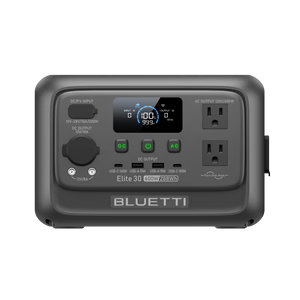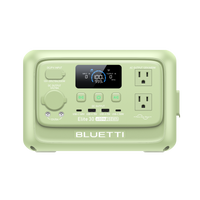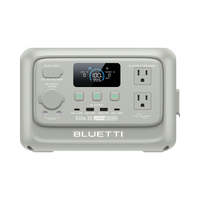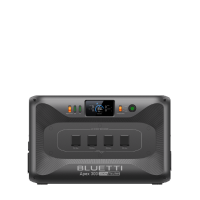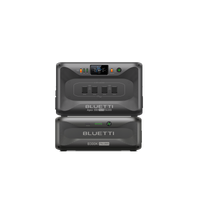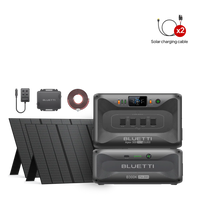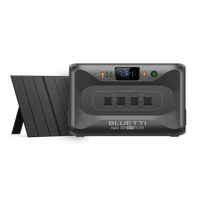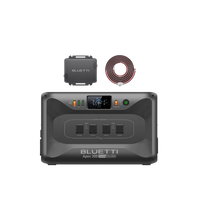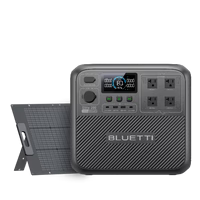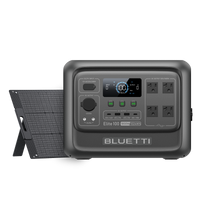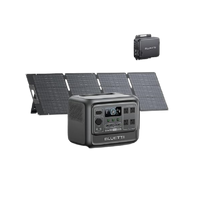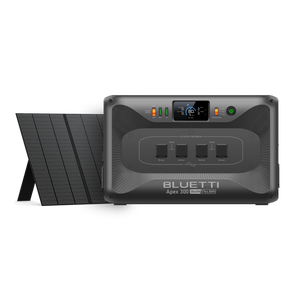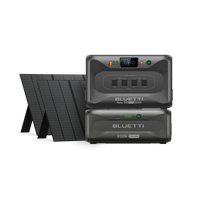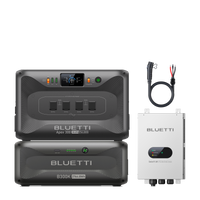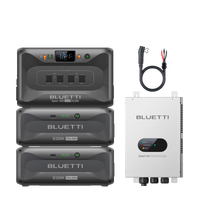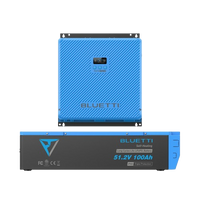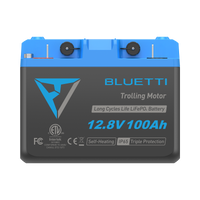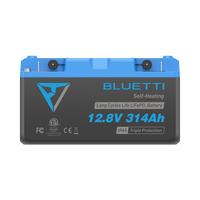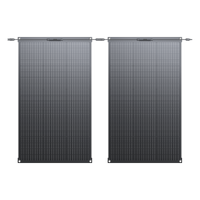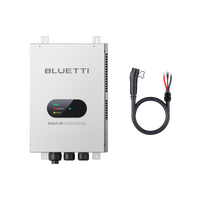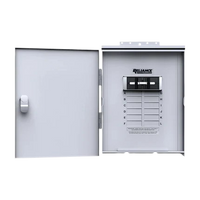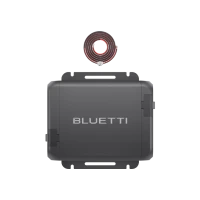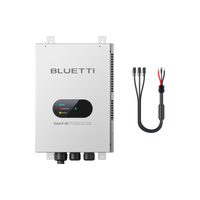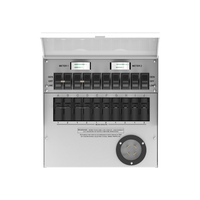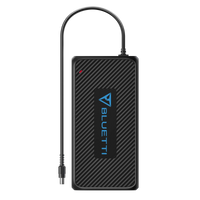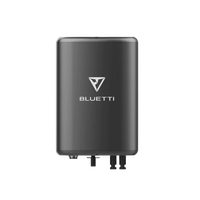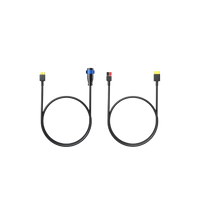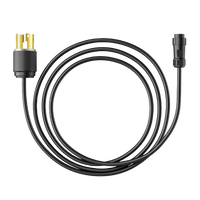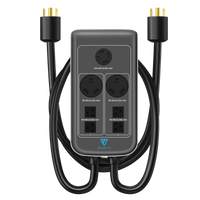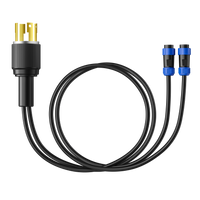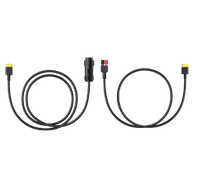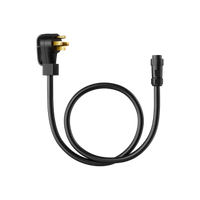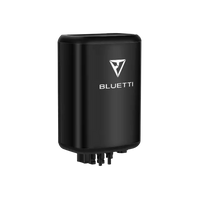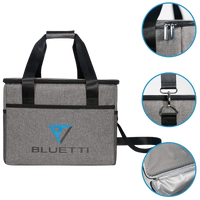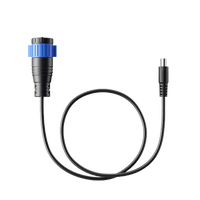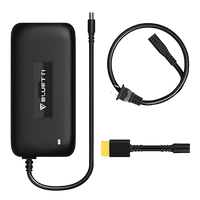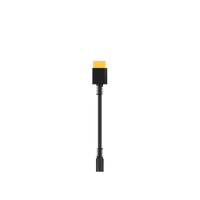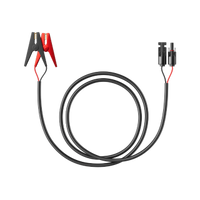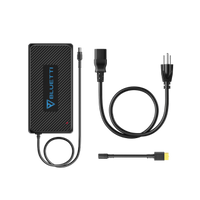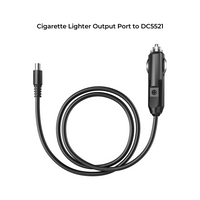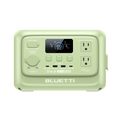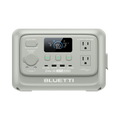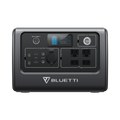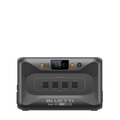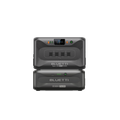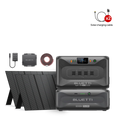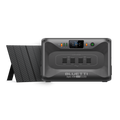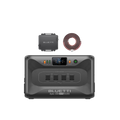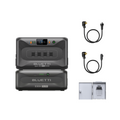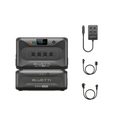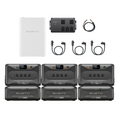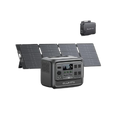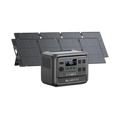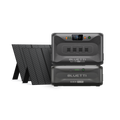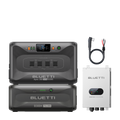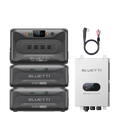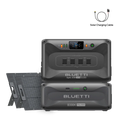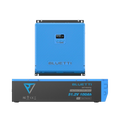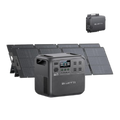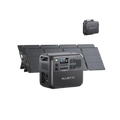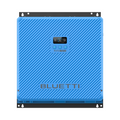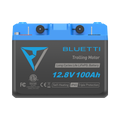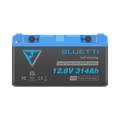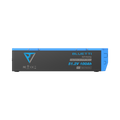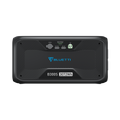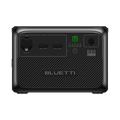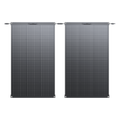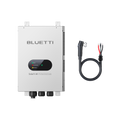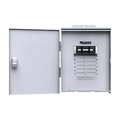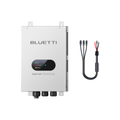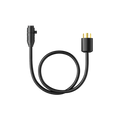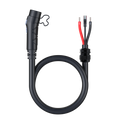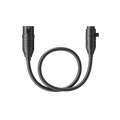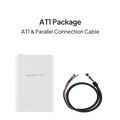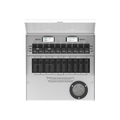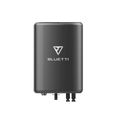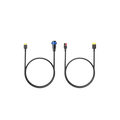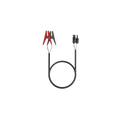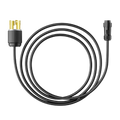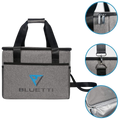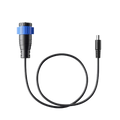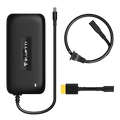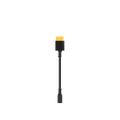L'énergie solaire est la forme d'électricité la plus propre dont nous disposons. Afin d'exploiter pleinement cette énergie, des dispositifs ont été inventés pour la transformer en électricité. Parmi eux, les convertisseurs et les onduleurs solaires. Les convertisseurs solaires permettent d'affiner et de régler la tension du courant continu (CC) produit par les panneaux solaires, tandis que les onduleurs solaires convertissent le CC en courant alternatif (CA) permettant le fonctionnement des appareils et constituant le type d'énergie standard d'un appareil et du réseau électrique. Bien que similaires, ces deux types d'énergie présentent des caractéristiques, des avantages et des inconvénients distincts. Cet article vise à mettre en évidence les différences entre les deux afin que vous puissiez déterminer la solution la plus adaptée à vos besoins.
Qu'est-ce qu'un convertisseur solaire ?
Cet appareil est un élément essentiel du système d'énergie solaire. Il convertit l'énergie provenant des panneaux solaires, sous forme de courant continu, en courant alternatif. Le courant alternatif peut alimenter les appareils électroménagers et même être fourni au réseau électrique. Il adapte également la tension et la fréquence aux normes électriques locales auxquelles il est censé s'appliquer. En général, les onduleurs sont beaucoup plus chers et leur rendement est inférieur à celui des convertisseurs solaires. Cependant, leur fonction principale est relativement limitée, se limitant littéralement à l'alimentation de charges résistives comme l'éclairage, les ventilateurs et les appareils électroniques, car ils ne sont pas conçus pour alimenter des charges inductives comme les moteurs, les pompes et les compresseurs.
Qu'est-ce qu'un onduleur solaire ?
Cet outil est un élément essentiel de tout système d'énergie solaire. Il transforme le courant continu des panneaux solaires en courant alternatif, utilisé par de nombreux appareils électroménagers. Cette conversion permet d'utiliser l'énergie solaire dans les appareils électroménagers classiques et d'améliorer l'indépendance énergétique. Les onduleurs solaires permettent également de restituer l'excédent d'énergie solaire au réseau électrique, ce qui représente un avantage en termes de rentabilité. Bien que les onduleurs soient plus chers que les convertisseurs, leur prix a récemment baissé. De plus en plus de ménages envisagent donc d'utiliser l'énergie solaire chez eux. Les onduleurs solaires contribuent donc à une exploitation efficace et efficiente de l'énergie solaire.
Types d'onduleurs pour panneaux solaires
Les trois principales catégories de ces dispositifs sont généralement les onduleurs de chaîne, les onduleurs de chaîne avec optimiseurs de puissance et les micro-onduleurs. Chacune de ces catégories présente des caractéristiques spécifiques, avec des avantages et des inconvénients, selon la taille du système solaire.
Les options de chaîne connectent plusieurs panneaux solaires en série pour former une ligne, laquelle est ensuite connectée à un seul onduleur. C'est généralement l'onduleur le moins cher et le plus simple à installer et à entretenir, mais il présente également quelques inconvénients. Par exemple, un panneau partiellement ombragé, voire endommagé, peut entraîner une perte d'efficacité pour toute la chaîne. Un onduleur de chaîne peut également ne pas respecter les normes de sécurité les plus récentes, notamment l'arrêt rapide en cas d'urgence.
Les onduleurs de chaîne sont équipés d'optimiseurs de puissance, un petit dispositif fixé à chaque panneau solaire. Il optimise la tension et le courant CC de sortie et les transmet à l'onduleur de chaîne. Cela augmente le coût de l'équipement et complexifie l'installation et la maintenance. En revanche, cela améliore l'efficacité et la fiabilité du système solaire, notamment en cas d'ombrage ou de configuration complexe de la toiture. Cependant, les micro-onduleurs sont un peu coûteux et complexes à installer et à entretenir.
Les micro-onduleurs permettent de convertir directement le courant continu en courant alternatif, à la source. Ils évitent les problèmes et les pertes liés à l'ombrage partiel d'un module ou de différents modèles de modules, permettant ainsi à chaque panneau de disposer de sa propre prise de courant et d'être entretenu individuellement. Ils offrent également une plus grande flexibilité et une plus grande évolutivité dans la conception et l'installation du système. L'inconvénient des micro-onduleurs est leur coût et leur complexité d'accès et de remplacement plus élevés que les onduleurs de chaîne.

Principaux avantages de l'utilisation d'un onduleur solaire
Les principaux avantages de l’utilisation d’un onduleur solaire de bonne qualité sont les suivants :
- Meilleure production d’énergie : Un onduleur solaire permet d'optimiser la puissance grâce au suivi du point de puissance maximale (MPPT) en contrôlant la tension des panneaux solaires afin de maximiser la puissance quelles que soient les conditions météorologiques et d'ensoleillement. Avec le MPPT, le potentiel de production d'énergie peut être supérieur d'environ 30 % à celui obtenu sans MPPT.
- Efficacité énergétique supérieure : Les onduleurs solaires à technologie MPPT améliorent encore l'efficacité énergétique de l'ensemble du système en réduisant les pertes et la chaleur produite lors de la conversion CC-CA. Cela réduit les besoins de refroidissement du système et augmente le rendement énergétique.
- Meilleure protection du système : Les onduleurs solaires les plus récents sont capables d'alerter et de protéger le système solaire contre tout problème, comme une surchauffe, un court-circuit ou un défaut à la terre. En cas de panne, l'onduleur éteint l'ensemble du système afin d'éviter tout dommage aux composants ou à l'habitation. Une fois le problème résolu, il peut être remis en marche pour poursuivre son fonctionnement normal.
3 générateurs solaires recommandés avec un onduleur
Un générateur solaire est un appareil permettant de stocker et de fournir de l'électricité à partir de panneaux solaires ou d'autres sources. Ses composants standards comprennent une batterie, un régulateur de charge et un onduleur. Il peut être utilisé pour fournir une énergie de secours, une énergie hors réseau ou pour compléter l'énergie là où elle est nécessaire. Voici trois exemples de générateurs solaires équipés d'un onduleur.

Ce générateur solaire est robuste, complet et flexible. Il peut fournir une puissance maximale de 2 000 W en courant alternatif avec une capacité de batterie de 2 000 Wh. Il est doté de 17 ports pour différents appareils et prend en charge sept modes de recharge : solaire, courant alternatif, voiture, groupe électrogène et batterie au plomb. De plus, le kit comprend trois panneaux solaires PV200 de 200 W, chacun avec un rendement de 23,4 %. Pliables, les trois panneaux sont très mobiles et compatibles avec la plupart des générateurs solaires équipés de connecteurs MC4. Ce kit solaire est sans gaz et silencieux, respectueux de l'environnement et économique. Il est donc idéal pour le camping ou les situations d'urgence.

Ce système flexible et évolutif offre une puissance de sortie crête de 3 000 watts et une capacité de cellules de 3 072 Wh. La capacité de stockage peut être étendue jusqu'à 4 batteries B300, pour une capacité de 12 288 Wh. Il est également équipé d'une liaison de phase divisée 240 V, d'un onduleur domestique de secours permanent et de sept modes de recharge : solaire, courant alternatif, voiture, groupe électrogène, batterie plomb-acide, etc.Il comprend un panneau solaire de 420 W à haute conversion, robuste et résistant à l'eau, avec une béquille pour une installation facile. Il s'associe parfaitement aux BLUETTI AC200P/AC200MAX/AC300/AC500/EP500Pro. Ce kit solaire est idéal pour une alimentation de secours à domicile, une vie autonome ou des déplacements en extérieur.

Ce système performant offre une puissance de sortie optimale allant jusqu'à 2 200 watts en courant alternatif et une capacité de batterie extensible jusqu'à 2 048 Wh. Il est également extensible pour ajouter deux batteries B230 ou B300, pour un total de 8 192 Wh. Sept modes de recharge sont disponibles : solaire, courant alternatif, voiture, générateur, batterie au plomb et recharge. Il prend également en charge la double charge, le contrôle intelligent et la surveillance via l'application BLUETTI. De plus, il est équipé d'un panneau solaire de 350 W à taux de conversion élevé, d'une béquille facile à installer, d'une résistance élevée et d'une résistance aux éclaboussures. Il est également compatible avec les séries BLUETTI AC180/AC200P/AC200MAX/AC300/AC500/EP500Pro. Le kit camping-car est équipé d'un panneau solaire de 350 W. Il est idéal pour le camping en camping-car ou pour une alimentation de secours.
Réflexions finales
En principe, le choix d'un convertisseur solaire ou d'un onduleur dépend de la source d'énergie disponible et donc requise par vos appareils. Si vous utilisez des appareils à courant continu et qu'un système solaire est déjà installé, aucun convertisseur ni onduleur n'est nécessaire. L'énergie solaire peut charger vos batteries, qui alimentent ensuite vos appareils à courant continu.
Bien sûr, si vous prévoyez de recharger vos batteries et d'alimenter vos appareils conçus pour le courant alternatif, un convertisseur solaire ou un onduleur est indispensable. Après tout, vous ne pouvez pas faire fonctionner vos appareils à courant alternatif sur du courant continu. La cafetière et le téléviseur que vous prévoyez d'emporter nécessiteront un onduleur pour convertir l'énergie stockée dans vos batteries en courant continu.
Par ailleurs, il est important de noter qu'une batterie 12 V CC ne peut pas être chargée directement sur le courant alternatif. Dans ce cas, un convertisseur doit être utilisé pour convertir le courant alternatif en courant continu. Par conséquent, comprendre vos besoins énergétiques est essentiel pour choisir un convertisseur solaire ou un onduleur.
